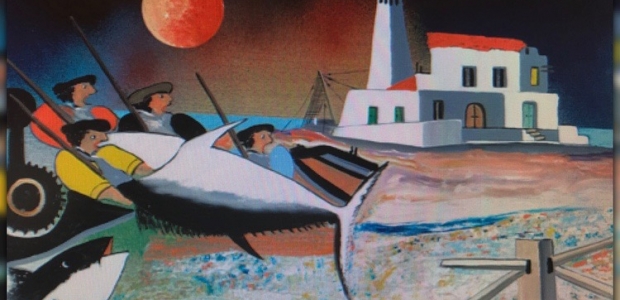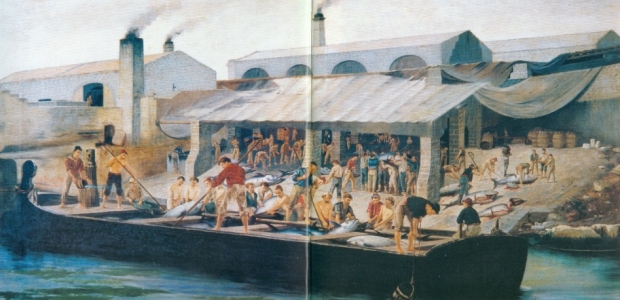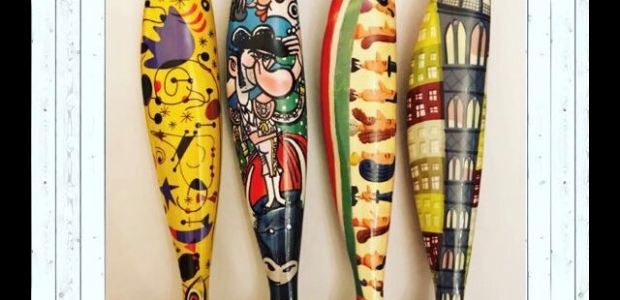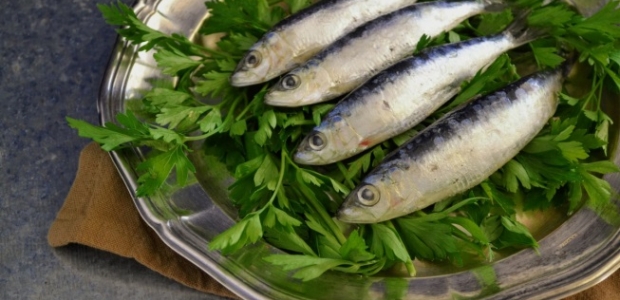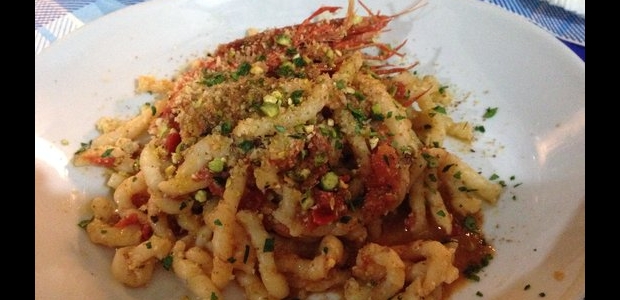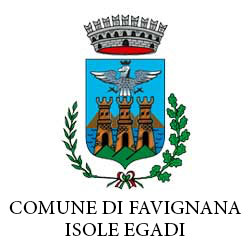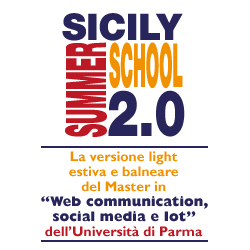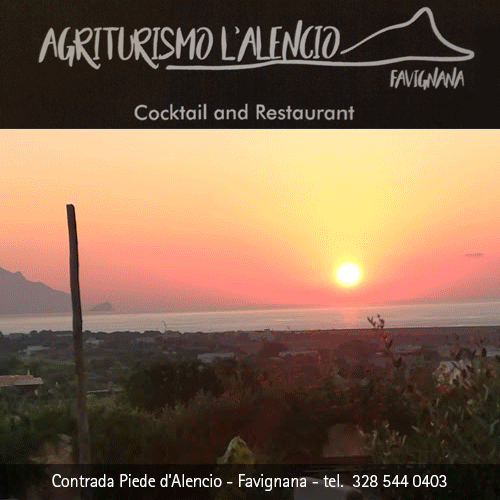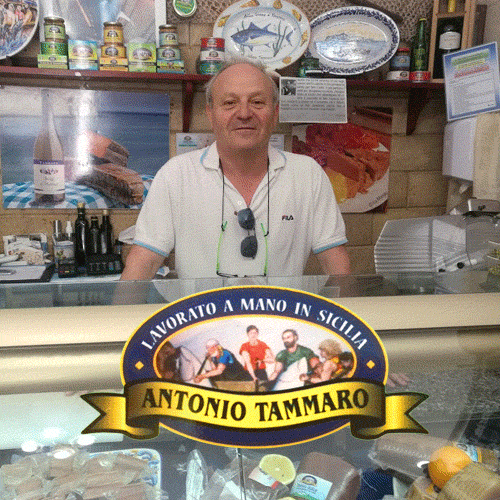Languages
Favignana-Lisbon, tuna and sardine not just on the table
Food in comparison
Two unmistakable symbols, the King of Favignana and the Queen of Lisbon. The red fin tuna that crosses the Mediterranean waters and the sardinha that ups the river Tagus to the Atlantic Ocean. Two canned fish with very different flavors, but unique in their being, on the table and for the city.
A song still resounds in the ex Florio factory. Among the abandoned muciare (the boats used for the mattanza) and the nets used for fishing, the cialoma (a song the fishermen sang during the mattanza) continues to tell the story of Favignana. A deep-rooted tradition that still lives in this land. From the tonnara the tonnaroti, the tuna fishermen, came out and, swayed by the waves of the sea, they sang an Arabic music invoking God, a Matri ri Diu (the Mother of God) and the Saints to ensure a rich fishing. A song of death. Or perhaps of joy. It is the song of the mattanza, a propitiatory rite that has as its protagonist the King Tuna.
But moving further west, the king gives way to an elegant queen with a long and sinuous body. For the city of Lisbon, there are countless shops that tell her story and they have made the sardine their business. O Mundo Fantastico da Sardinha Portuguesa, it is an example. Carousels of little boxes, shelves dating from 1916 to the present day, endless shades of color that distinguish every year and that give the shop a unique and funny look, almost like a lunapark.
https://www.youtube.com/watch?time_continue=27&v=jATsmtOX-No
The royals are mainly intended for gourmets. Tuna can be enjoyed with busiate or in pani cunzatu (seasoned bread); the sardine can be enjoyed assada (grilled). The king, the red color of the tomato sautéed in garlic, the crunchiness of the breadcrumbs, Sicilian "crumbs", and the sprinkling of pistachio grains combine perfectly with the twisted shape of the typical Trapani pasta. Then the bread, a drizzle of oil, two dried tomatoes and the extra-fine taste of the tuna roe. This is absolutely the aperitif made in Favignana.
It is the song of the mattanza, a propitiatory rite that has as its protagonist the King Tuna.
The sardine is strictly to eat with your hands. The bon ton of Lisbon says so. You do not have to cut the Queen with a fork and a knife, but you have to peel and bite her, getting your fingers dirty.
Different dishes and inimitable kitchens. But if the table seems to be the only appropriate place for these two sovereigns, it is not true.
Their fame has grown so much over time that they have turned them into real works of art. Paintings, fabric keyrings, photographs by food bloggers and influencers, ceramic statues, collectible boxes and all kinds of souvenirs. The island and the city live on tourism thanks to the wealth of the product they possess.
What could tell the force, the blood and the fight of the slaughter better than a painting? Gianni Mattò, native of Favignana, has in fact spent his talent and love for his land to tell through the images the story of his Majesty "The Tuna" and the effort and commitment of the "heroes" tonnaroti to win the battle against him.
In Lisbon, on the other hand, the queen is colored with the art on the day of the Lisbon Feasts and on the day of Saint Anthony. The icon of the feast is the sardine and it occupies the grids on the fire, as the undisputed protagonist, she adorns the streets with colorful festoons and becomes a true instrument of art. The municipality of Lisbon, in fact, has been holding a competition for years, called Concurso sardinhas: a content that unleashes the creativity of the participants and commits them to create the most beautiful, artistic, particular and unique sardine.
Tuna and sardine represent two geographically distant realities, but they synthesize the warmth and soul of their kingdoms, managing to bring them closer and closer. It seems that there is a Favignana-Lisbon axis that, through the story of two fishes, often in small cans, manages to combine the table and art in a combination that has now become indissoluble.
